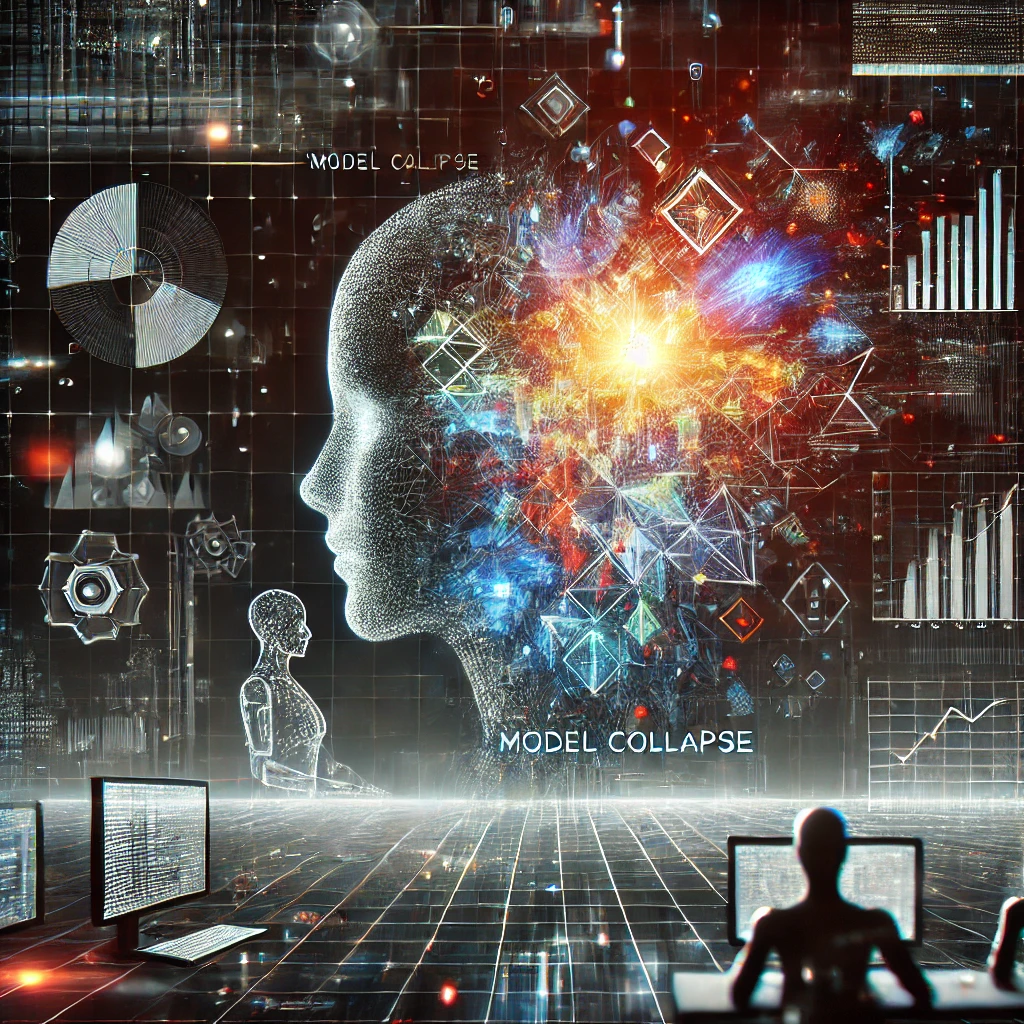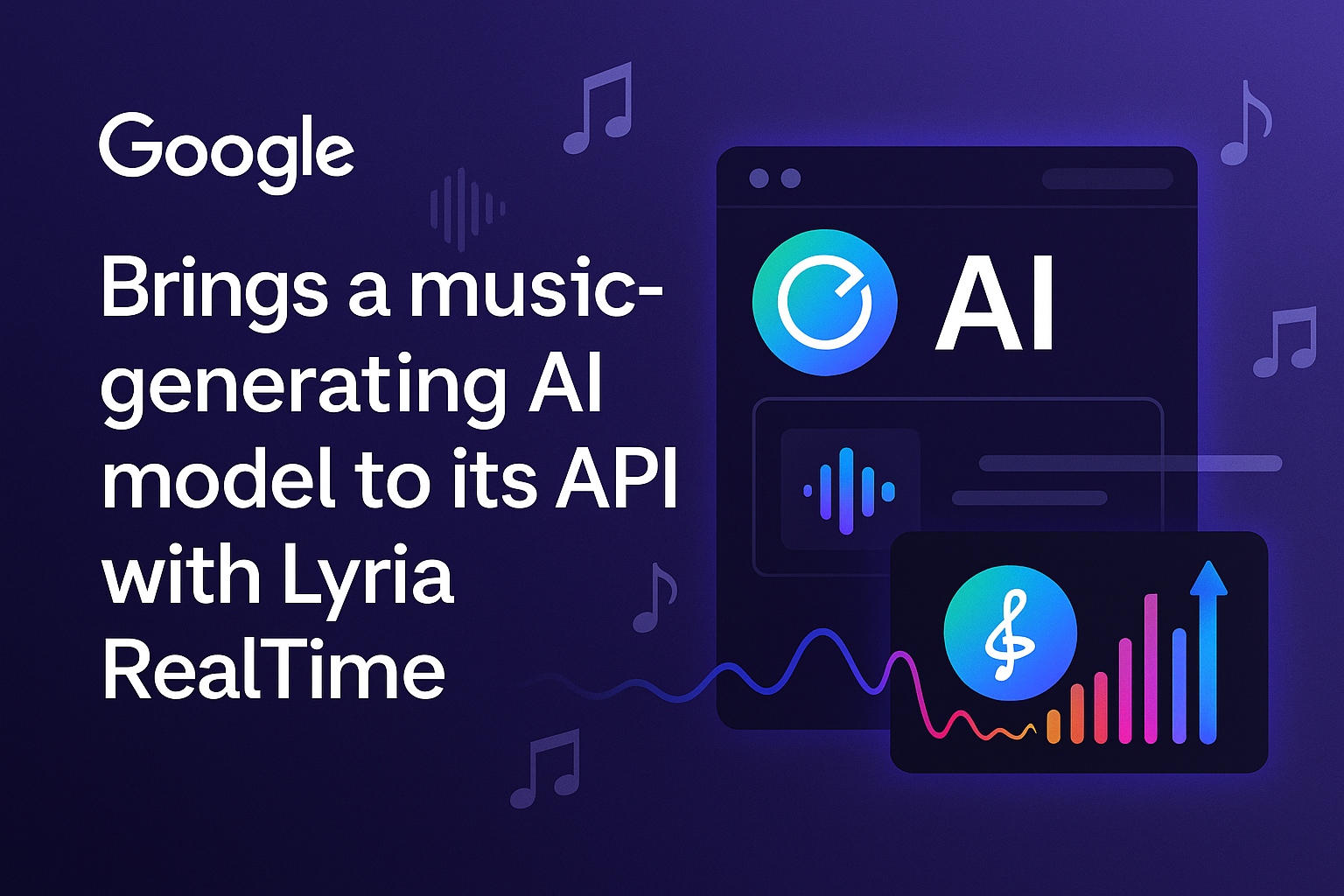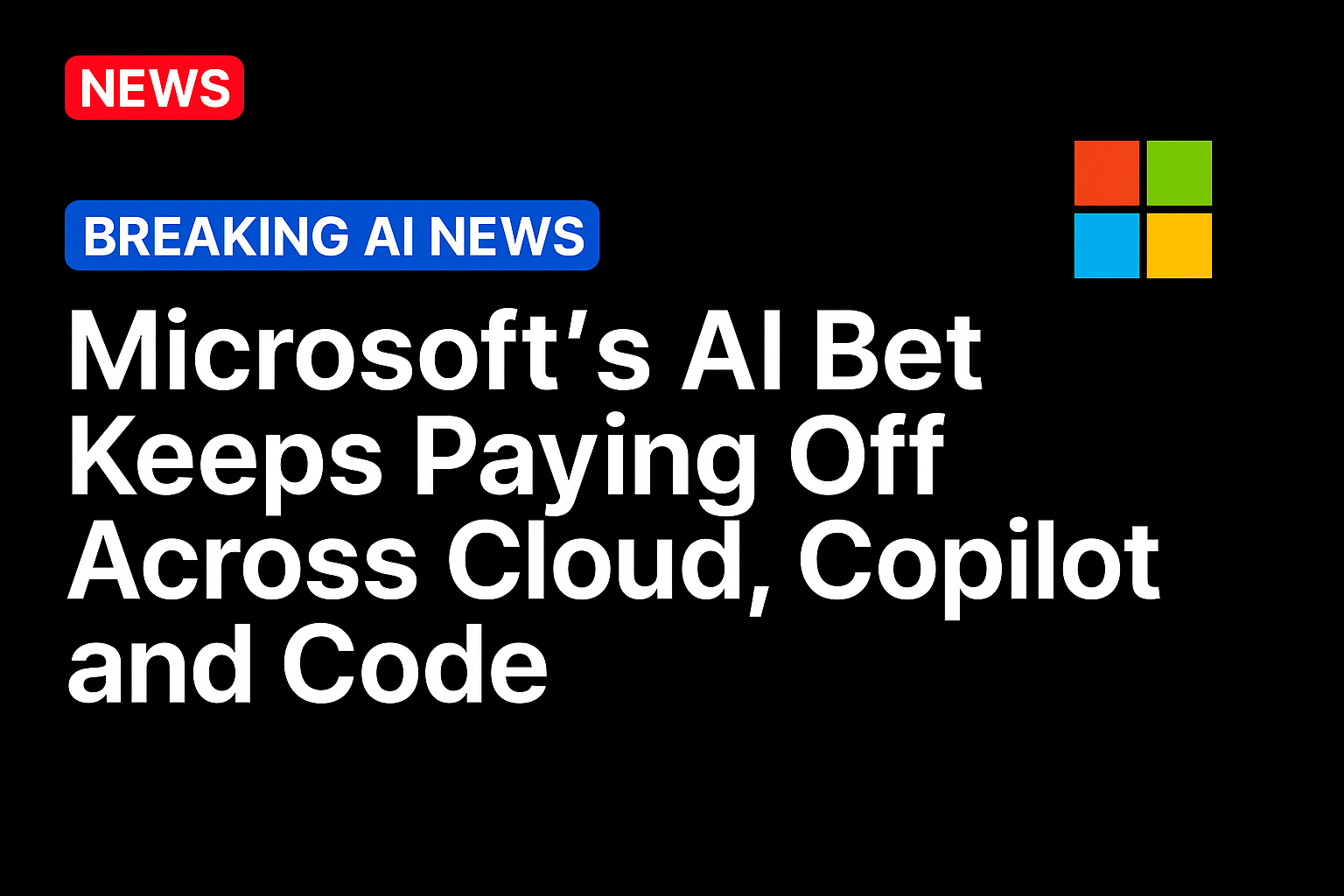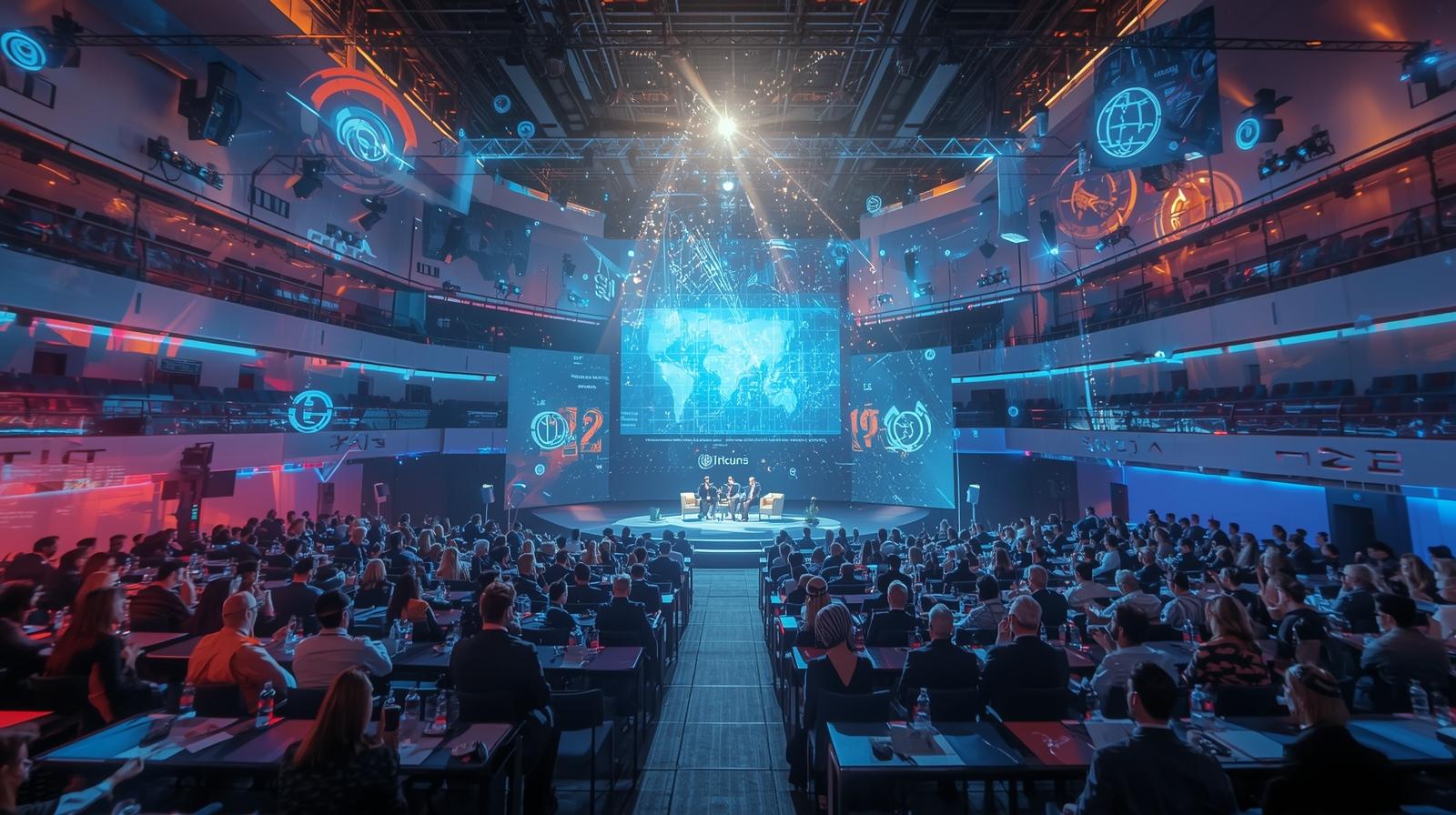What is ‘Model Collapse’? An Expert Explains the Rumors About Impending AI Doom
The rapid advancement of artificial intelligence has brought about a wealth of innovation, but it has also sparked concerns and warnings from experts about potential risks. One such concern gaining attention in the AI community is “model collapse.” The concept has fueled speculation about an impending AI disaster, where the very models that drive much of today’s machine learning could break down or become unreliable. But what exactly is model collapse, and should we be worried?
Understanding ‘Model Collapse’
Model collapse refers to the hypothetical scenario in which AI models—specifically, those trained on massive datasets—start to degrade or fail over time due to inherent weaknesses in the data they’re built on. This can happen when AI models are retrained or refined using data that includes the outputs of previous AI generations. When this occurs repeatedly, errors and biases in the generated data compound, eventually causing the AI model’s performance to deteriorate rather than improve.
The concept is akin to making a photocopy of a photocopy—each successive copy becomes blurrier, losing detail and accuracy. In the context of AI, model collapse could lead to outputs that are less reliable, more biased, or even misleading, resulting in significant failures across applications such as content generation, decision-making systems, and autonomous technology.
Why Is It a Concern?
As AI systems increasingly rely on large datasets for training, the quality of the data becomes critical. Many machine learning models today are trained on datasets scraped from the web—data that includes not only high-quality information but also misinformation, biased content, and low-quality data. Over time, as AI models are retrained on outputs generated by other AI models, the risk of introducing and amplifying errors grows.
Dr. Maria Stevens, an AI researcher at Stanford University, explains: “If AI systems are continually trained on data that has been influenced or generated by other AIs, there is a risk that the underlying models could start to degrade. This could lead to models that perpetuate errors, generate incoherent content, or even exacerbate biases, which could have far-reaching consequences.”
Examples of Potential Model Collapse
- Text Generation: AI models like GPT, which generate human-like text, could become less reliable if they are continuously retrained on data that includes content previously generated by other AI models. Over time, this could result in text outputs that are repetitive, nonsensical, or factually incorrect.
- Autonomous Systems: Self-driving cars or drones that rely on machine learning for navigation and decision-making could become less accurate if their models start to rely on data generated by other machines. This could lead to safety concerns and operational failures.
- Content Moderation: AI-driven content moderation systems that are retrained on flagged content could start misclassifying material if they are exposed to outputs from other AI models that have introduced subtle biases or errors.
Is ‘Model Collapse’ Inevitable?
While the idea of model collapse has raised alarms, experts stress that it is not inevitable. The potential for model collapse largely depends on how AI models are trained and the quality of the data used in that training process. Ensuring that AI models are built on diverse, high-quality, and human-verified data can mitigate the risk of collapse.
“There’s a growing awareness in the AI community about the risks of over-reliance on AI-generated data,” says Dr. Stevens. “Researchers are already working on ways to identify and prevent model collapse by improving data curation practices and developing better methods for evaluating AI models before they are deployed.”
What Can Be Done to Prevent Model Collapse?
- Data Integrity: One solution to model collapse is ensuring that the training data for AI models is consistently refreshed with high-quality, human-verified data. Avoiding reliance on AI-generated data is key to maintaining model integrity.
- Human Oversight: AI systems must be monitored and regularly evaluated by human experts. Incorporating human judgment and corrections into AI workflows can help prevent the propagation of errors.
- Hybrid Models: Some experts are advocating for hybrid AI systems that combine traditional rule-based algorithms with machine learning models. This could provide a safeguard against degradation by offering more predictable outcomes for critical applications.
- Ethical AI Practices: Ethical guidelines and frameworks for AI development can also help minimize the risks associated with model collapse. Ensuring that AI is designed with fairness, transparency, and accountability in mind is essential for long-term stability.
The Verdict: Real Risk or Exaggerated Fear?
While model collapse remains a theoretical risk, it is being taken seriously by researchers and developers in the AI field. However, experts caution against panic. “The fears surrounding model collapse are valid but manageable,” says Dr. Stevens. “By prioritizing high-quality data, human oversight, and ethical AI practices, we can continue to develop AI systems that are reliable, effective, and beneficial.”
In short, while the rumors of an impending AI doom due to model collapse may seem alarming, the AI community is actively working on solutions to prevent this from becoming a reality. Like many aspects of AI, responsible development and careful oversight will be key to ensuring that AI continues to serve as a powerful tool for innovation rather than a source of instability.





